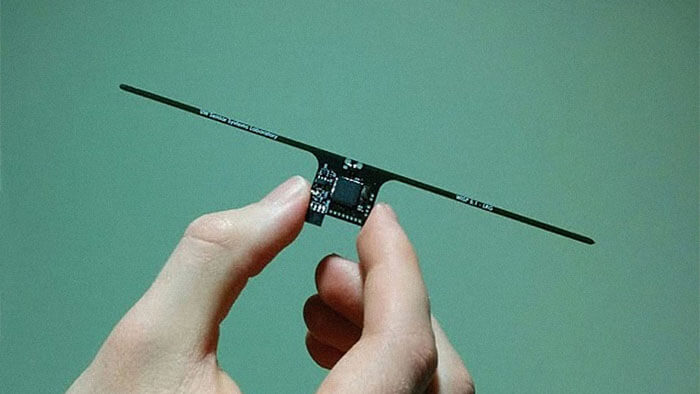
WISP – Re-programmable Microcontroller That Runs On Energy Harvested From Radio Waves
A new research initiative between the University of Washington’s Sensor Lab and the Technical University of Delft in the Netherlands has created a microprocessor that can power itself through stray radio waves and receive programmable updates in the same fashion. While the RISC-derived 16-bit microcontroller CPU is very weak compared to modern standards, it’s much more powerful than any other device that’s powered by ambient energy in the environment with no battery required.
This battery-free system is equipped with a sensor and a microchip, which can be powered entirely by radio waves harvested from the air and is up to 10 times faster than similar ambient-powered devices. Best of all, in contrast to similar devices, it can also download executables, allowing it be reprogrammed or upgraded to newer version of firmware whenever needed. This has significant implications for the Internet of Things development and for ambient computing as a whole.
The variety of handheld, portable technology, and wearable gadgets available today is truly amazing. In order to make devices even more compact and thinner, manufacturers typically try to shrink their designs as much as possible. Unfortunately, device size is ultimately limited by the batteries, all of which have a certain capacity before they dry out and must be recharged again. It is a challenge for engineers and designers to balance battery life with function and aesthetics.
The project of radio wave-driven microcontroller is dubbed WISP, or Wireless Identification and Sensing Platform. RFID (CRFID) technology is an example of WISP. In particular, WISP is capable of being powered passively by converting radio frequencies emitted by conventional RFID (radio frequency identification) readers into electrical power. The project’s latest accomplishment is the addition of Wisent (short for “wirelessly sent”), a faster and more reliable downstream communication-oriented protocol for CRFIDs that can tolerate fluctuations in operating power.
The WISP is constructed out of an open source, open architecture EPC Class 1 Generation 2 RFID tag that incorporates a fully programmable 16-bit microcontroller, in addition to any add-on sensors. It differs from ordinary RFID tags as it is programmable, and can be multi-functional. The team writes in their research paper,
The novelty of Wisent is its ability to change adaptively the frame length sent by the reader, based on the length throttling mechanism, to minimize the transfer times at varying channel conditions. Wisent enables wireless CRFID reprogramming, demonstrating the world’s first wirelessly reprogrammable CRFID.





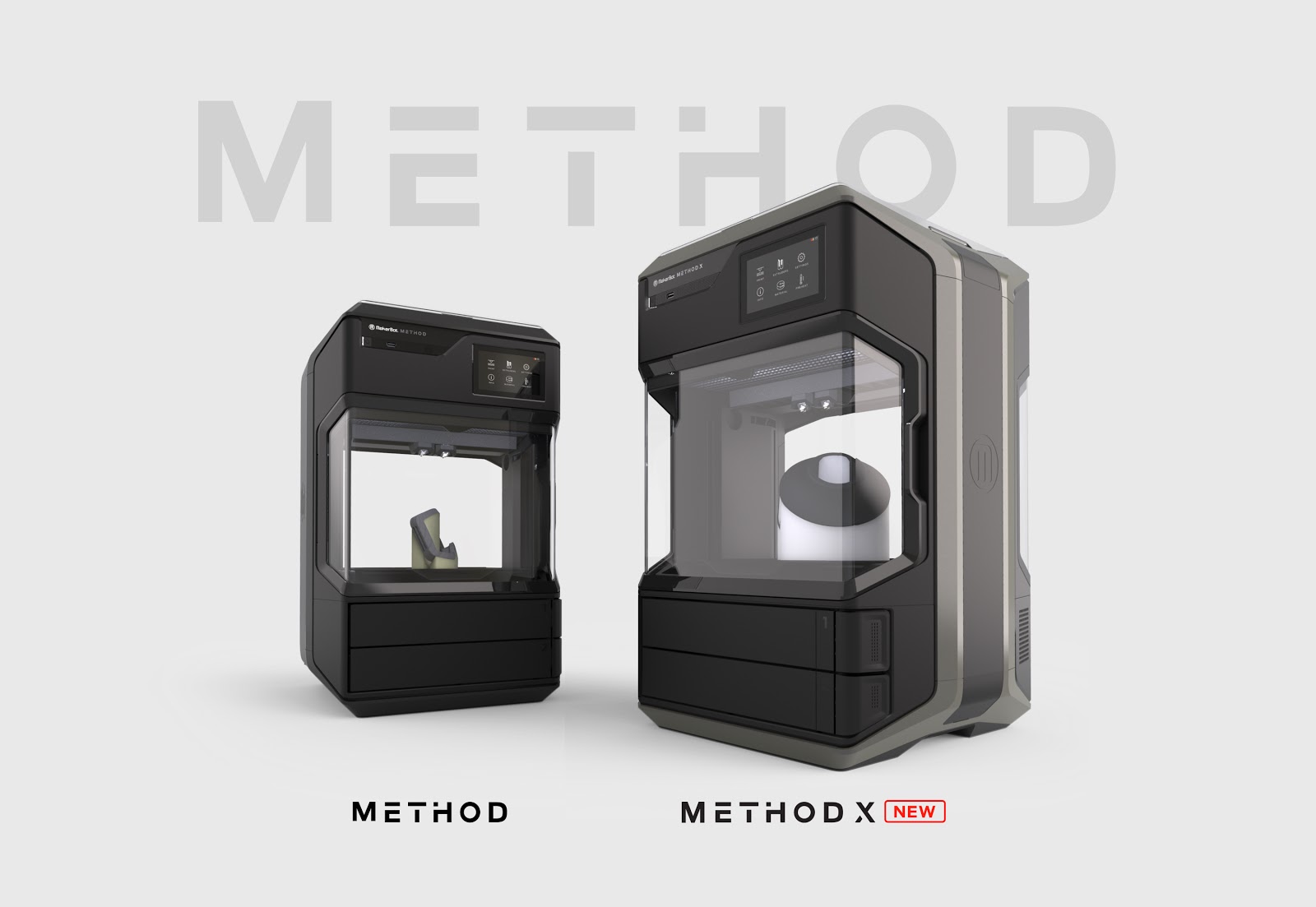
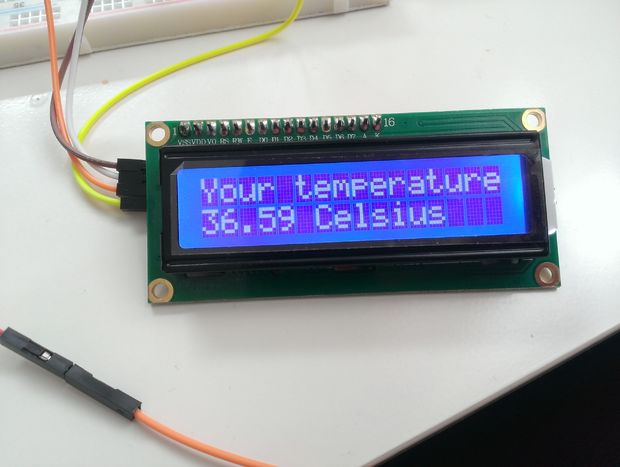
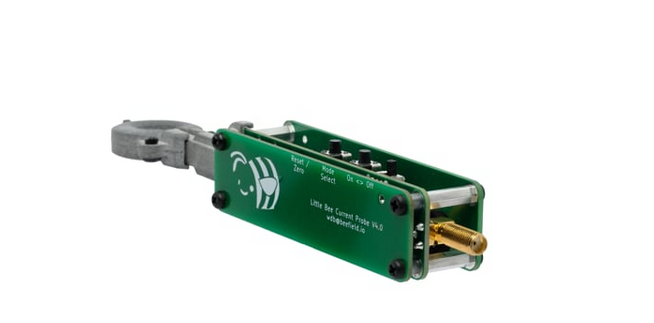
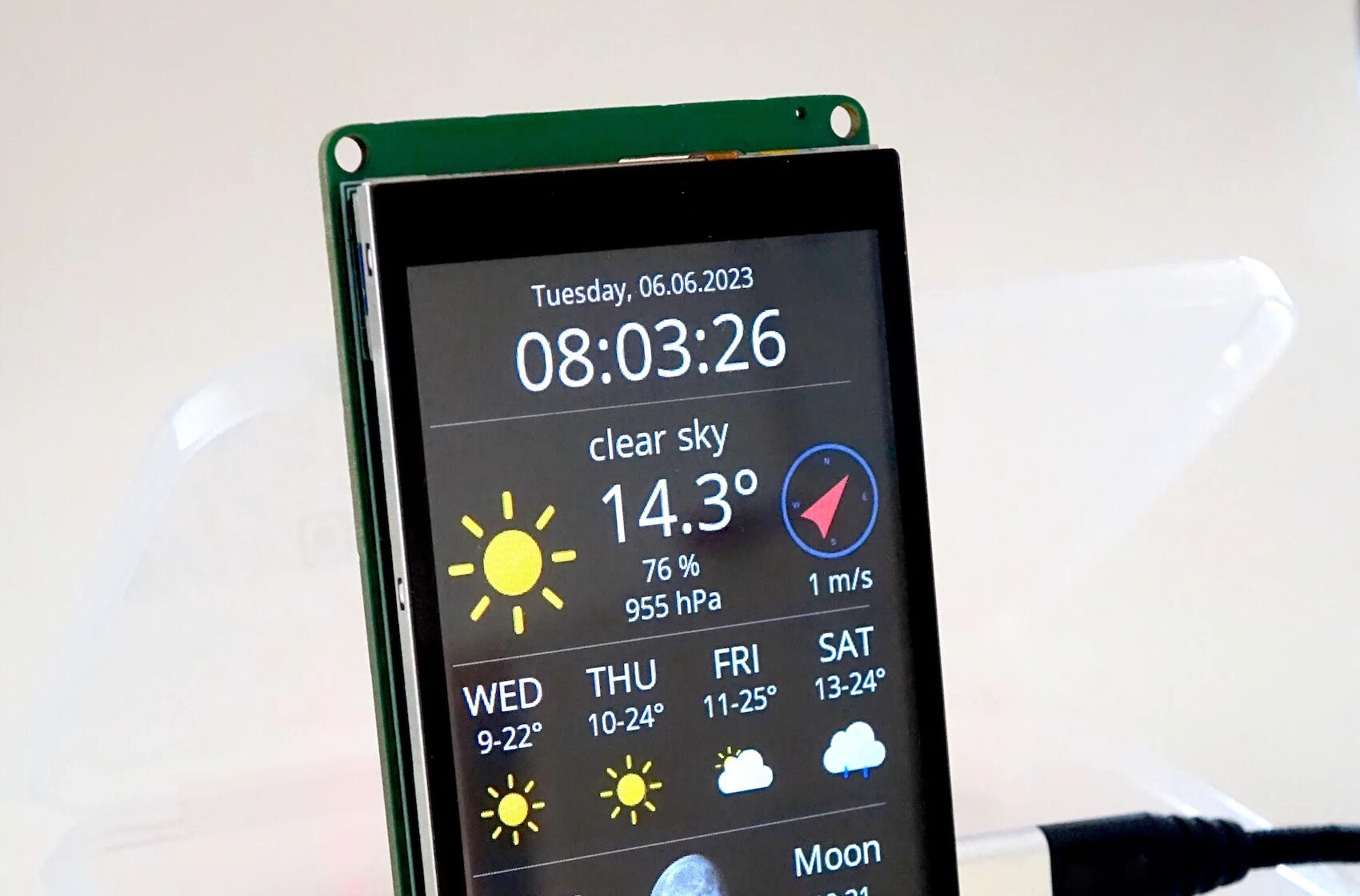
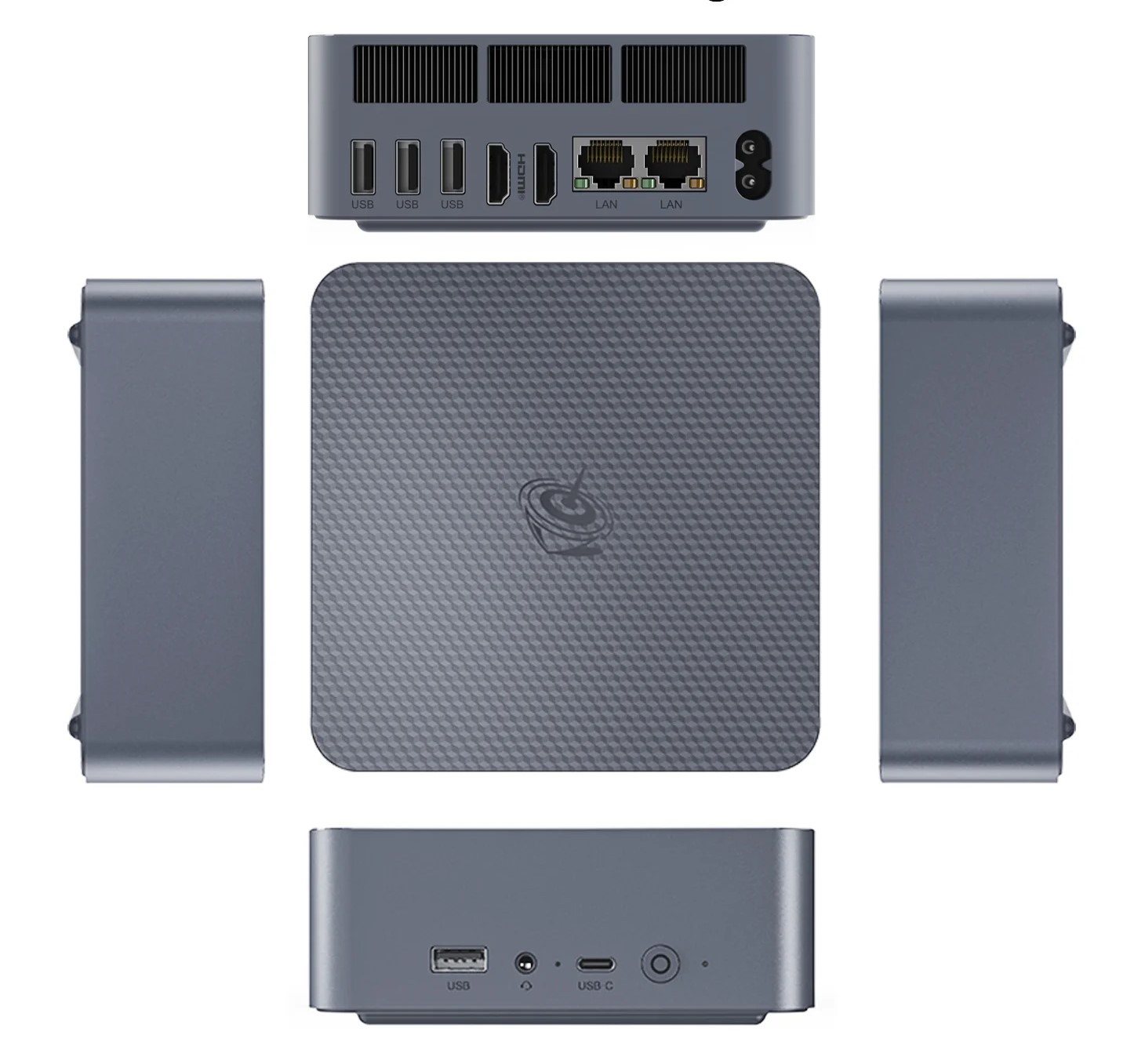







hi dear its very nice and very helpful post for those who are new and thinking to start a blog site.Your posts are very helpful and creative. I have atlast opened a blog site being inspired from your articles
Hi Zahid,
Thank you for your kind words and best of luck for your new blog.
Keep visiting electronics-lab.com frequently to read more such informative posts.